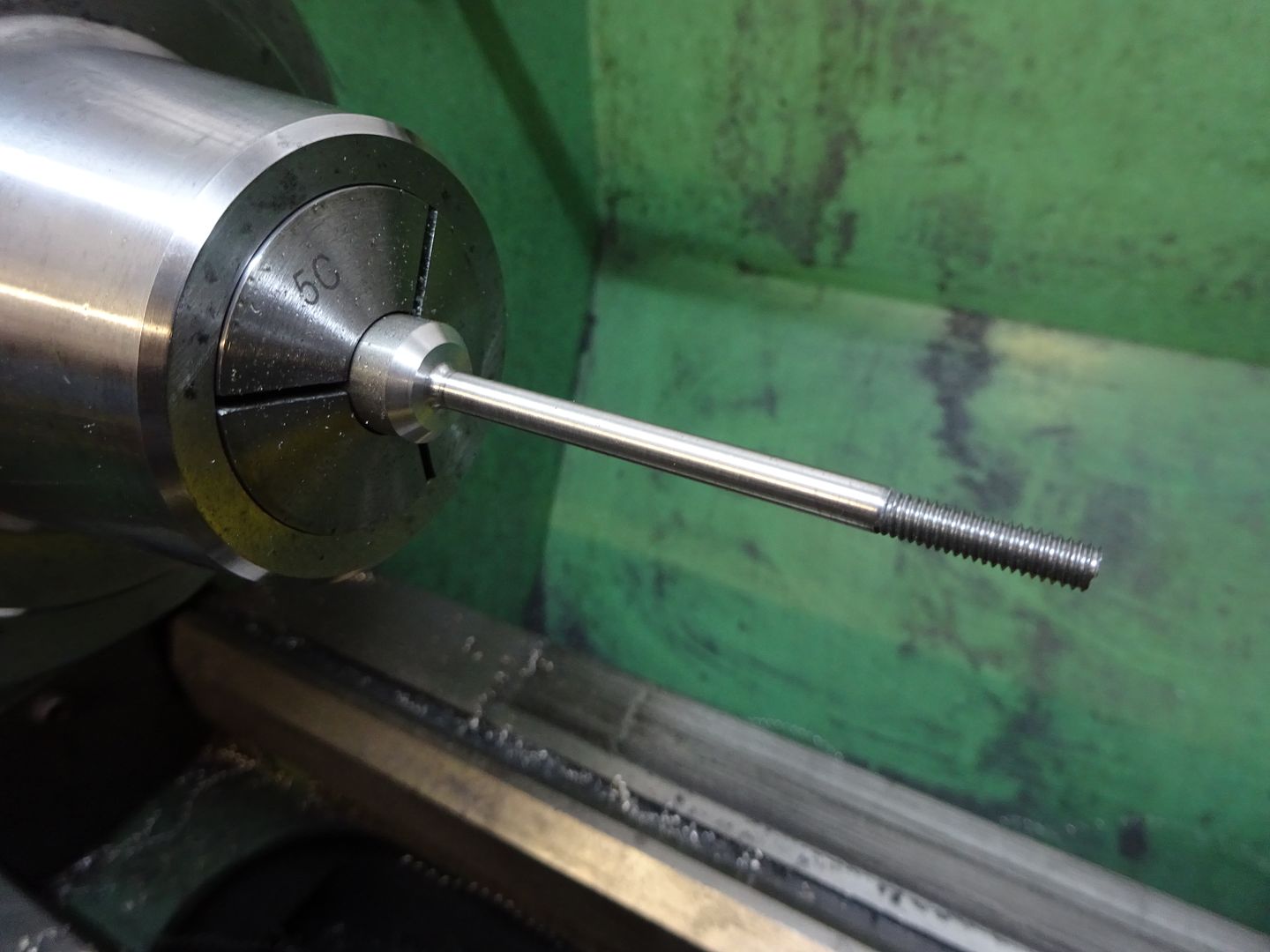Machining small diameter, high l/d ratio parts “one shot”
Machining small diameter, high l/d ratio parts “one shot”
- This topic has 9 replies, 8 voices, and was last updated 31 December 2018 at 12:12 by
Chris Trice.
Viewing 10 posts - 1 through 10 (of 10 total)
Viewing 10 posts - 1 through 10 (of 10 total)
- Please log in to reply to this topic. Registering is free and easy using the links on the menu at the top of this page.
Latest Replies
Viewing 25 topics - 1 through 25 (of 25 total)
-
- Topic
- Voices
- Last Post
Viewing 25 topics - 1 through 25 (of 25 total)
Latest Issue
Newsletter Sign-up
Latest Replies
- Dead Centres?
- Parting off on a mini lathe
- Looking for book on basic strengthening and design methods for steel structures
- Arc’s 25mm indexable end mills…
- Pre-Setting 4-Jaw Chucks Hack for Quick Centering
- Looking for a quality pencil sharpener
- Drunk driver broke my workshop!
- Milling for beginners book, Where?
- Chimney turning
- No more Google


 I watched some videos on youtube, and the suggestion seems to be to start with a large piece of rigid stock, and then turn the part in "one shot" avoiding multiple passes to size. Now, this seems to be a solution that works well for the experienced lads on their nice expensive professional lathes, but will this work for a beginner on a Warco WM250V?
I watched some videos on youtube, and the suggestion seems to be to start with a large piece of rigid stock, and then turn the part in "one shot" avoiding multiple passes to size. Now, this seems to be a solution that works well for the experienced lads on their nice expensive professional lathes, but will this work for a beginner on a Warco WM250V?



